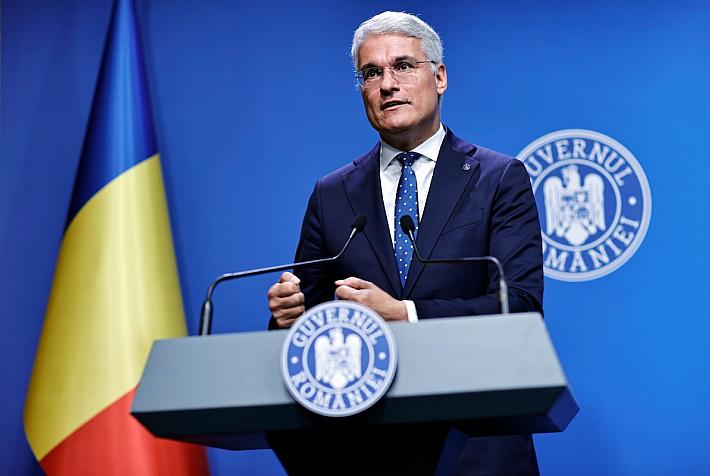Environment agency report: Air pollution still a concern in the EU, but Romania performs well
 A third of the inhabitants of Europe's cities are exposed to excessive quantities of harmful particulate matter, according to an new report on air quality across the continent. There are also persistent problems with ground level ozone in many areas, but Romania is at least above average for many air quality statistics and is the EU's best performer on meeting ozone attainment levels.
A third of the inhabitants of Europe's cities are exposed to excessive quantities of harmful particulate matter, according to an new report on air quality across the continent. There are also persistent problems with ground level ozone in many areas, but Romania is at least above average for many air quality statistics and is the EU's best performer on meeting ozone attainment levels.
Particulate matter is hazardous to health, according to the European Commission, as the tiny particles (much smaller than pollen grains) can cause damage to the respiratory system. “This report is a timely reminder of how important air quality is to the health of our citizens. This is why I want 2013 to be the Year of Air and why I will focus on strengthening our air quality laws to tackle the problems identified today,” said Environment Commissioner Janez Potočnik following the publication of the European Environment Agency's (EEA) Air Quality in Europe – 2012 Report today (September 24 ).
For particulate matter pollution Romania ranked 16 in the EU, with the majority of results below the target maximum safe level. Romania was also greatly improved since 2005, when it was the second worst in Europe, ahead of only neighboring Bulgaria, which was also bottom of the table in the new report. As mentioned previously, Romania had the lowest average ozone concentrations in the EU, well within safety standards in an area on which many other countries performed poorly.
Romania was mid table for Nitrogen dioxide (NO2) and Sulfur Dioxide (SO2 ) levels, both of which cause acid rain and are harmful to health if inhaled. The EU as a whole has been particularly successful at reducing Sulfur Dioxide levels. Carbon Monoxide levels were also within safety limits in Romania, as was the case across the EU, while heavy metal pollution locally was also on a par with other European states.
Benzene pollution, a harmful and carcinogenic hydrocarbon present in oil derived fuels, was Romania's black mark, ranking in the third worst in Europe. However, Benzene levels were still within safety limits, along with virtually everywhere else in Europe. Neighboring Bulgaria had a very poor set of results in the report, ranking as the EU's worst for a number of the air pollutants studied.
Despite the success stories with, for example, Sulfur Dioxide, there is still much evidence for the need to further improve air quality, particularly in cities and urban areas. “European Union policy has reduced emissions of many pollutants over the last decade, but we can go further. In many countries, air pollutant concentrations are still above the legal and recommended limits that are set to protect the health of European citizens,” said EEA Executive Director Professor Jacqueline McGlade.
She added that pollutants can reduce life expectancy by two years in some of the region's cities. According to the World Health Organization's more stringent standards, up to 95 percent of the EU's urban dwellers were exposed to particulate matter concentrations above a safe level and 97 percent inhaled more than the maximum safe level of ozone.
Liam Lever, liam@romania-insider.com











